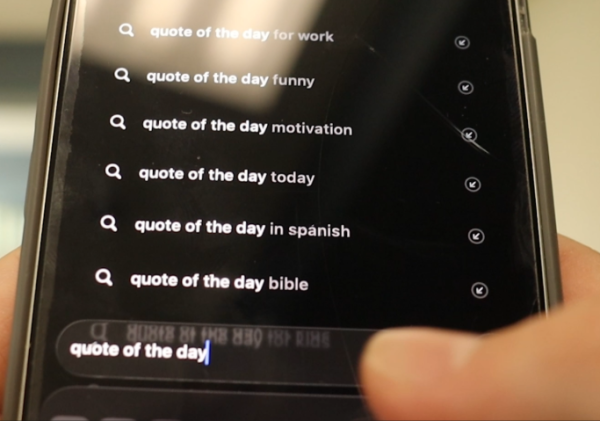Testing Tactics

August 24, 2020
With this year being so different when it comes to learning, teachers are having to change their normal routines to accommodate e-learners and in-class students. One of the problems that arose with the new learning system was testing.
“What I’m doing is, let’s say a unit ends on a Thursday for the blue day kids, I’ll open up the test and they’ll have from after school Thursday until the next time I see them Monday. Then Friday would be the white day kids; I’ll open theirs on Friday and they’ll have until Tuesday to get it done. Everybody’s going to be on the same playing field. With my class I’m fortunate that my tests are a lot of application questions, so you’re not going to be able to look up to page 754 and find the answer in the book. It’s going to be something where you [have] got to use your head and know the vocab and figure out which one applies to the situation,” Mr. Ralph Holden, Social Studies, said.
With students taking classes from home, the testing situation is complicated. In-class students could take the test without any help, while e-learners could be using their phone or book to find the answer. With e-learning being so new, a solution has not been found yet to satisfy all teachers.
“We are [concerned with e-learners using their resources while testing] and me and some of those other teachers have talked about maybe, possibly opening it up for both e-learners and in-class students to use some of their materials. That, obviously, would kind of negate some of the students from studying as much. But, the way to combat that would be to set a test [time] limit I think. Obviously it’s a work in progress, we’re just trying to figure out different ways because obviously the e-learners would have more of an advantage compared to the in-class students if we were to just not allow the in-class students to use some of those materials, too,” Mr. Stephen Fry, Social Studies, said.
Some teachers are sticking to Canvas and having all tests online. Others are trying to find a way to proctor students using video conferencing methods to make it fair for both in-class students and e-learners.
“It would be really great if there was a way for tests or finals if we could have those e-learners come to school, but that’s not what they signed up for. What some of us are talking about is trying to have them with their computer and have that Google Meet up so I can see them with their camera on and watch them as they’re taking it so they can’t go grab that book or they can’t go look at their notes,” Ms. Michelle Deming, Math, said.
The testing situation is a problem that teachers are trying to solve. However, using their books isn’t e-learning students’ only advantage over in-class students.
“I feel since they aren’t in person, the teacher isn’t exactly watching them take tests, so they can easily be using their phone or another computer, or even another person, for extra help, while in school learners are being watched by the teacher at all times,” Brittani Koons (11) said.
Some students even believe that the kids at home have an automatic advantage without their books and notes. Being at home could help students like those with test anxiety get an upper hand due to a more comfortable environment than a classroom.
“Not even because of the possibility to cheat, but it’s possible students could perform better on tests they take at home since some people have test anxiety. Being at home and not in a traditional classroom setting could calm some of those nerves and allow them to really focus,” Kailee Pearson (12) said.













